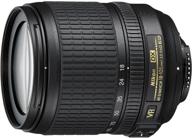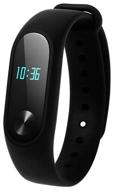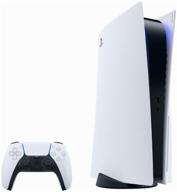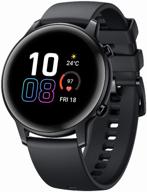
1 Level
336 Review
0 Karma
Review on 📷 Panasonic Lumix G Fisheye Lens, 8mm, F3.5, Micro Four Thirds, H-F008 - USA Black: A High-Quality Mirrorless Option by Mateusz Dbkowski ᠌

I am very happy with this purchase, I will advise everyone!
Average price: - In the secondary market: about 25-30 thousand. - New from the store: 45-55 thousand. Thus, the Panasonic 8mm f/3.5 (H-F008E) is by far the best value for your money (in terms of buying on the secondary market) - the cheapest and highest quality solution for buying an ultra wide-angle lens,compared to other solutions on the micro4/ 3. Any questions? Meet me at .
Pros
- The Panasonic 8mm f/3.5 lens (H-F008E) is, in my opinion, perhaps the best Fish-eye lens in every respect for a modern micro4/3 (Micro Four Thirds) system. The lens gives a unique, original and inimitable pattern. The shots of concert and extreme filming will be very interesting. If you correct the perspective, then the pictures turn into a full-fledged wide-angle lens with corrected distortion. That is, it is not just a specific assistant, but also a serious compact tool for the photographer. It is the smallest, autofocus, lightest, most modern lens available on today's Olympus and Panasonic compact mirrorless cameras. By purchasing this lens, you will solve problems with autofocus, the lens is so small that it will fit in your pocket and of course you will bypass problems with autofocus through an adapter from an older 4/3 system. By the way, a native adapter costs from 6 thousand on the secondary and 12 thousand new (MMF-3). Advantages of this lens over: - Olympus 8mm F1.8 Pro (micro4/3) - this lens is 2 times larger and heavier due to the metal + because of the smaller depth of field there is a possibility of out of focus + price. - Olympus 8mm F3.5 (4/3) - this lens is huge + you need an adapter (preferably native - it's expensive). On the secondary, the lens costs 19-20 thousand + buying an adapter will cost 6-12 thousand. The total cost will be 25-32 thousand for a larger and heavier version with an adapter - there can be no talk of any compactness. Plus slower autofocus due to the adapter. - Samyang lenses - do not have autofocus - a cheap solution, but NOT for professional work, because. in terms of speed, they cannot be compared with autofocus lenses.
Cons
- - no dust and moisture protection. - On Olympus cameras, autofocus is not always stable in low light conditions.
New products
Comments (0)
Top products in 👓 Lenses

Canon EF 50mm f/1.8 II Fixed Lens - Discontinued by Manufacturer

4.33
93 Review

New Nikon 18-105mm Vibration Reduction 📷 Zoom Lens with Auto Focus for Nikon DSLRs

4.23
104 Review

Nikon 50mm f/1.8D Lens: Perfect for Nikon DSLR Cameras!

4.73
97 Review

Canon EF 40mm f/2.8 STM Lens - Fixed Black (6310B002) for US Cameras

4.7
76 Review





